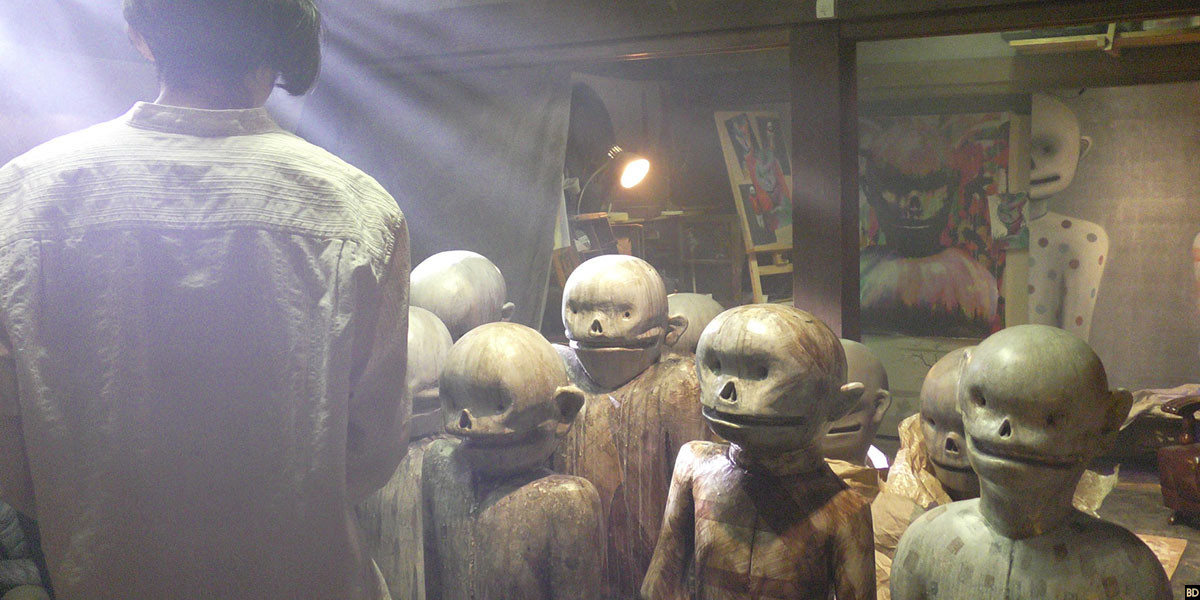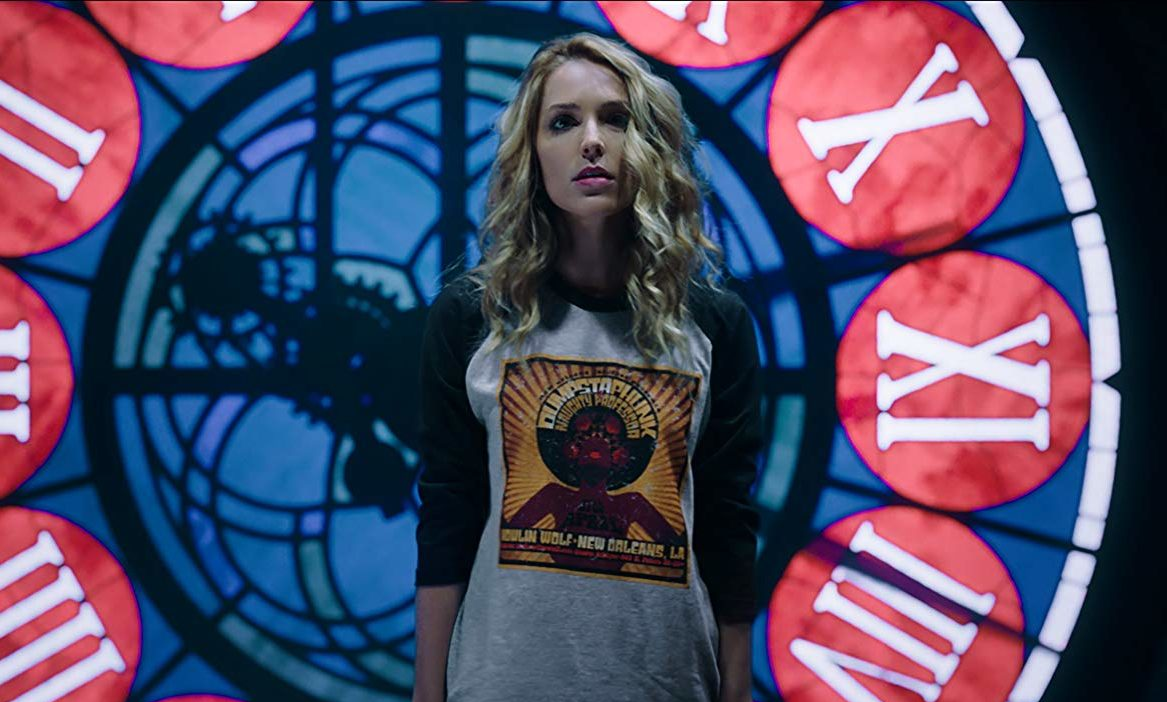

Movies
[TIFF Review] ‘Vampire Clay’ is an Unintentionally Funny Mess
Let’s not beat around the bush: Vampire Clay is not a very good film. The problem at the heart of Sôichi Umezawa’s directorial debut is that plasticine is not scary. Unfortunately, that’s all that the film has to offer.
Vampire Clay is set in an art school in rural Japan. When the lone faculty member uncovers a bag of clay unearthed following a mild earthquake, she takes it inside for the students to use. Unfortunately, the dormant murderous clay is reanimated when sprayed with water and soon it begins feasting on the blood, hands and whole bodies of the students.
The description makes Vampire Clay seem like a horror comedy, but despite a few chuckle-worthy moments, Umezawa plays the events of the film as straight horror. This does not work. There’s simply nothing scary about the practical Claymation effects; rather than frighten or terrify, Vampire Clay produced unintentional laughter or simply boredom, despite its slight 81-minute runtime.
Another problem is that Umezawa, also the film’s writer, fails to flesh out his characters or make their problems compelling. The film opens with statistics about the low acceptance rate of Tokyo art schools and the first plot point centers around the resentment and jealousy of several students for a girl who spent the summer studying in Tokyo. There’s a clear suggestion that the conflict between the girl and her rival, the second best artist, will be a crucial plot point, but the rival is the first student killed, rendering the entire storyline moot. Other students are barely given names or personalities. Likewise a flashback addressing the teacher’s decision to leave Tokyo and establish her own school feels redundant, an ineffective way to provide backstory that plays more like filler than anything else.
[Related] All TIFF 2017 News and Reviews!
It should be noted that Umezawa’s work on the creature design is admirable. The monster’s modus operandi is to adopt the physical appearance of its victim, though its body remains made of clay that can be hacked off or smushed. This produces some delightfully uncanny moments, and Umezawa isn’t afraid to play up the sexualized nature of phallus-like digits crawling along the floor and across limbs. Unfortunately, the effects lose their potency due to repetition and lack of variation as the film progresses and a few medium shots of the creature in attack mode look cheap, highlighting Umezawa’s lack of experience framing, lighting, and editing for horror.
Some reviews have suggested that the film is a schlocky homage to B-films and 80s body horror, but Vampire Clay doesn’t play like a horror-comedy. There’s a lack of self-awareness that doesn’t support this reading and the performances by the cast are too straight-forward and unironic. There’s nary an Ash character from Evil Dead to introduce levity (though the film would benefit from such a presence). Instead, the film churns through bodies at a startling rate, seemingly hitting its climax halfway through before a protracted flashback sequence attempts to mythologize the carnivorous clay before a second round of less-inspired attacks. The denouement, including an extended sojourn in Tokyo, feels like a bizarre critique of the Tokyo art scene and imposes an unwarranted political stance on the film, which only muddies the pot further.
Unfortunately, there are simply too many cons to recommend Umezawa’s directorial debut. The effects are both the best and worst part of the film, uncanny but also not scary and, at times, unintentionally funny. The plot and characters are virtually non-existent and the narrative peaks too early, stretching 81 minutes into an eternity. Vampire Clay may have begun with the best of intentions, but the finished product is a slight, confused mess.



Movies
Jessica Rothe Keeps the Hope Alive for Third ‘Happy Death Day’ Movie

It’s now been five years since the release of sequel Happy Death Day 2U, Christopher Landon’s sequel to the Groundhog Day-style slasher movie from 2017. Both films star Jessica Rothe as final girl Tree Gelbman, and director Christopher Landon had been planning on bringing the character – and the actor – back for a third installment. So… where is it?!
We’ve been talking about a potential Happy Death Day 3 for several years now, with the ball in producer Jason Blum’s court. Happy Death Day 2U scared up $64 million at the worldwide box office, a far cry from the first film’s $125 million. But with a reported production budget of just $9 million, that first sequel was profitable for Blumhouse. So again… where is it?!
Chatting with Screen Geek this week while promoting her new action-thriller Boy Kills World, franchise star Jessica Rothe provided a hopeful update on Happy Death Day 3.
“Well, I can say Chris Landon has the whole thing figured out,” Rothe explains. “We just need to wait for Blumhouse and Universal to get their ducks in a row.
Rothe continues in her comments to Screen Geek, “But my fingers are so crossed. I think Tree [Gelbman] deserves her third and final chapter to bring that incredible character and franchise to a close or a new beginning.”
Back in 2020, Christopher Landon had revealed that the working title for the third installment was Happy Death Day to Us, said to be “different than the other two films.”
In the meantime, Christopher Landon is directing a mysterious thriller titled Drop for Blumhouse and Platinum Dunes, along with a werewolf movie titled Big Bad for Lionsgate.














You must be logged in to post a comment.